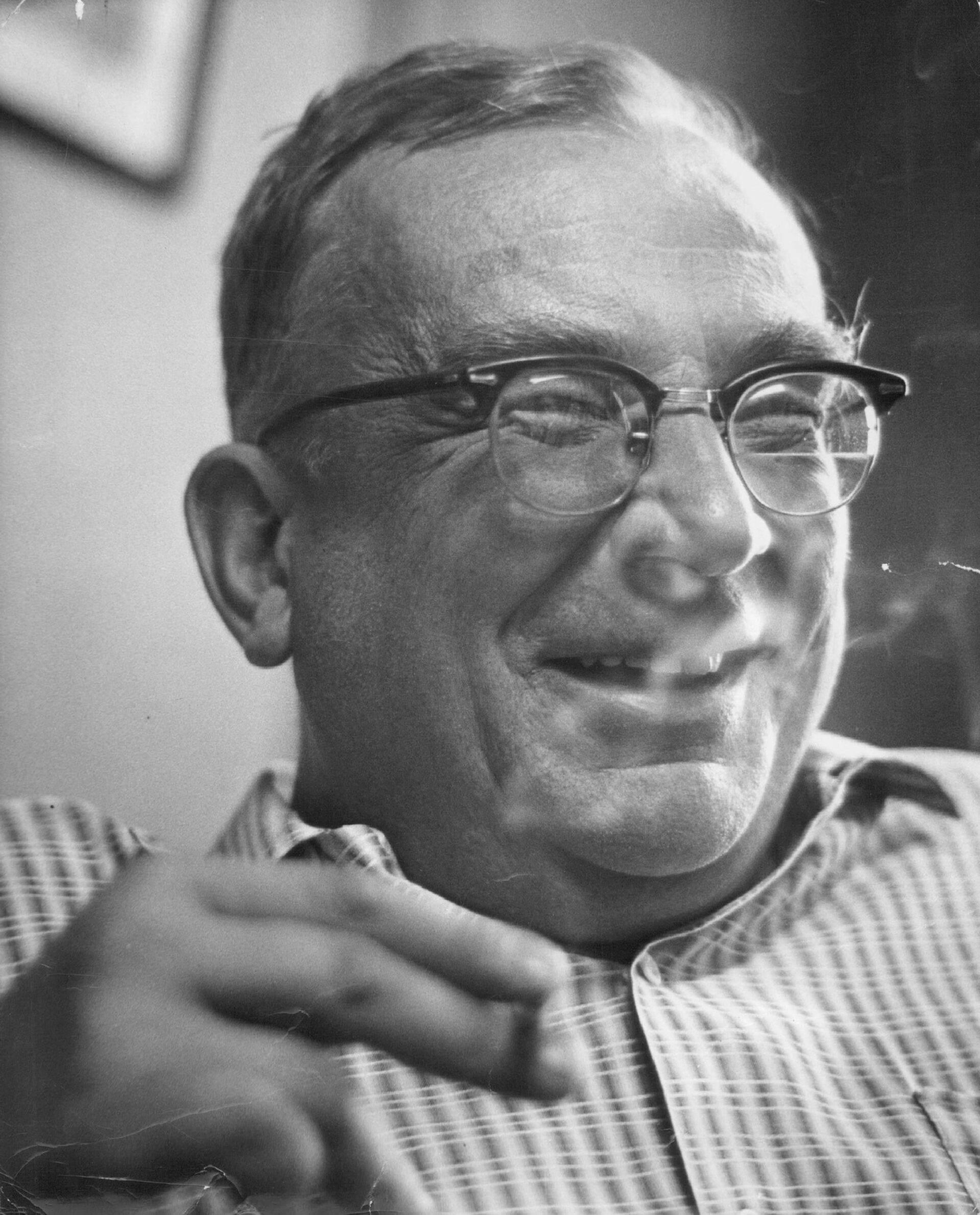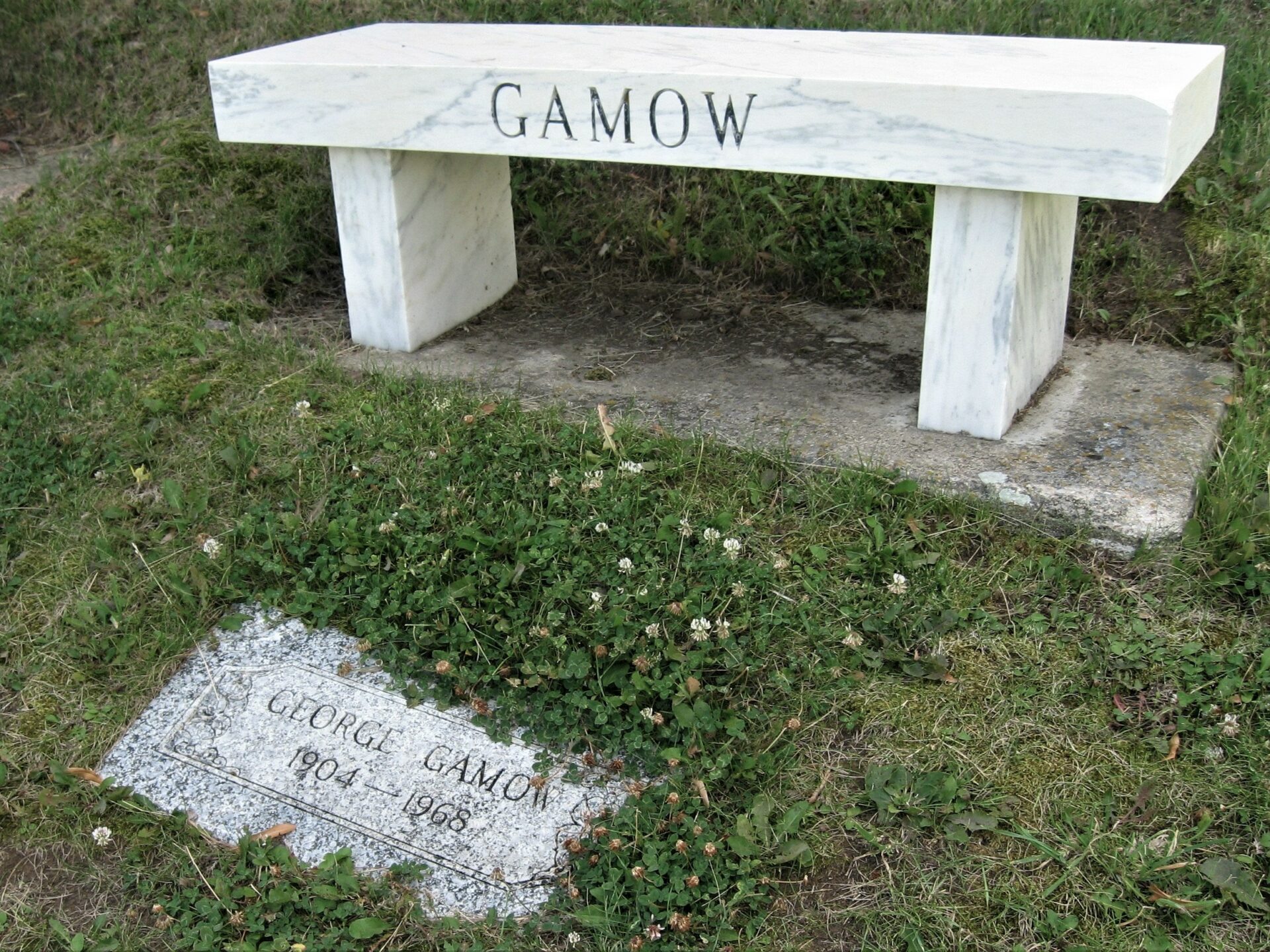Georgy Gamov from Odessa contributed to revolutionary shifts in two fields of science: cosmology and genetics. And although he did not get a Nobel, he generously “distributed” prizes to his followers.
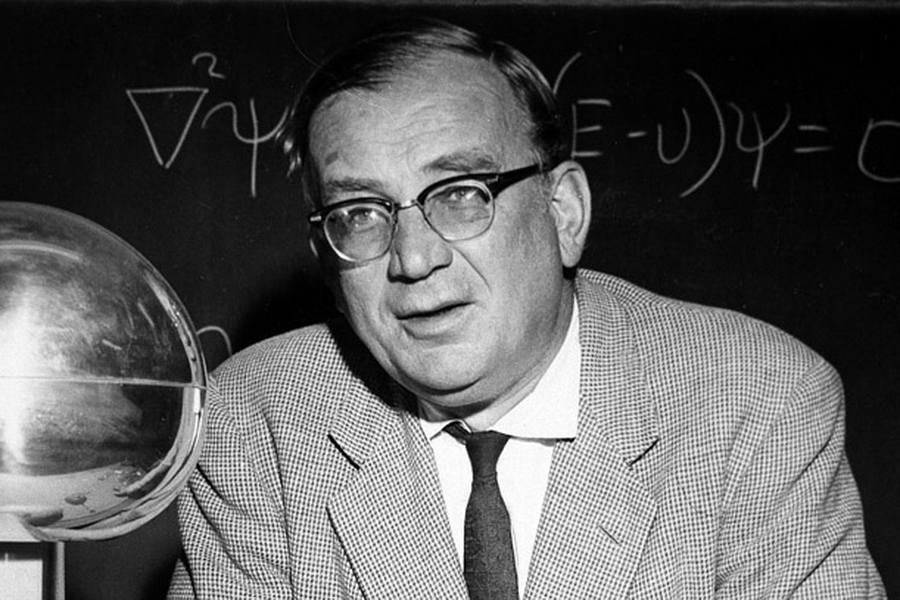
How to cross the Black Sea in a boat, how to understand what happened in the universe in the first moment of its existence, how the Catholic Church has determined the winner in the scientific debate — we reveal it all in our article about outstanding scientists.
Odessa period
Georgy (George) Gamow, commonly known as Joe, was born in Odessa on March 4, 1904. The first years of his life seemed very happy, he was the only child in a wealthy respected family. His paternal grandfather was a colonel in the tsarist army, his father graduated from Odessa University and taught literature at the gymnasium, and his maternal grandfather was a metropolitan, rector of the Odessa Cathedral.
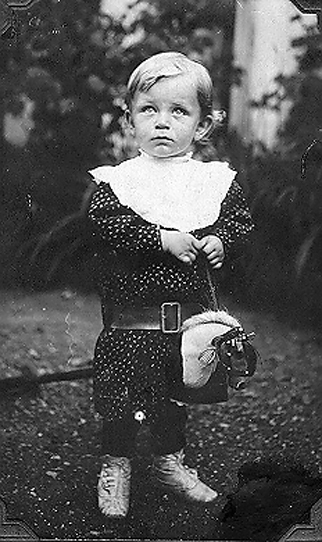
In 1913, the family suffered a tragedy: Georgy’s mother died, and a year later the First World War broke out. A difficult decade has come for the little boy. Cold and hunger were raging in Odessa: there was not even enough drinking water due to pump outages, and all the trees of the once green city were cut down for heating.
And even in such difficult times, Joe tried to get an education. In 1922 he entered the University of Odessa to study physics, but all classes were canceled due to unavailability of tools and materials. Lectures on mathematics were given in the dark because there was no electricity. Having heard that things were better in Petrograd, Gamow decided to transfer to the university there. The father sold the last family silver and sent his son on the road.
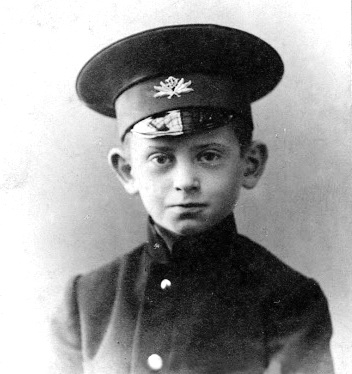
Joe had to combine his training with work. In 1924 he taught physics at the artillery school. He was enlisted as a field army colonel, issued a military uniform and a Budyonovka cap with a red star on it. Although he taught for only one year as a colonel, this story influenced his career in the future.
Escape to the West
After graduating from university, Gamow entered graduate school, and in 1928 received a three-month scholarship to study in Göttingen, the ancient German university city. The European scientific community saw great potential in the young physicist, which allowed him to receive several longer scholarships. In general, Georgy stayed in Europe for three years. He worked on his research at Oxford University and the Institute of Theoretical Physics in Copenhagen. Joe planned to continue his studies abroad, but his visa expired. The Soviet embassy in Copenhagen recommended that he returned to the USSR to obtain a new passport. The scientist came to his homeland, but he was denied a document, so he was barred from leaving the country.
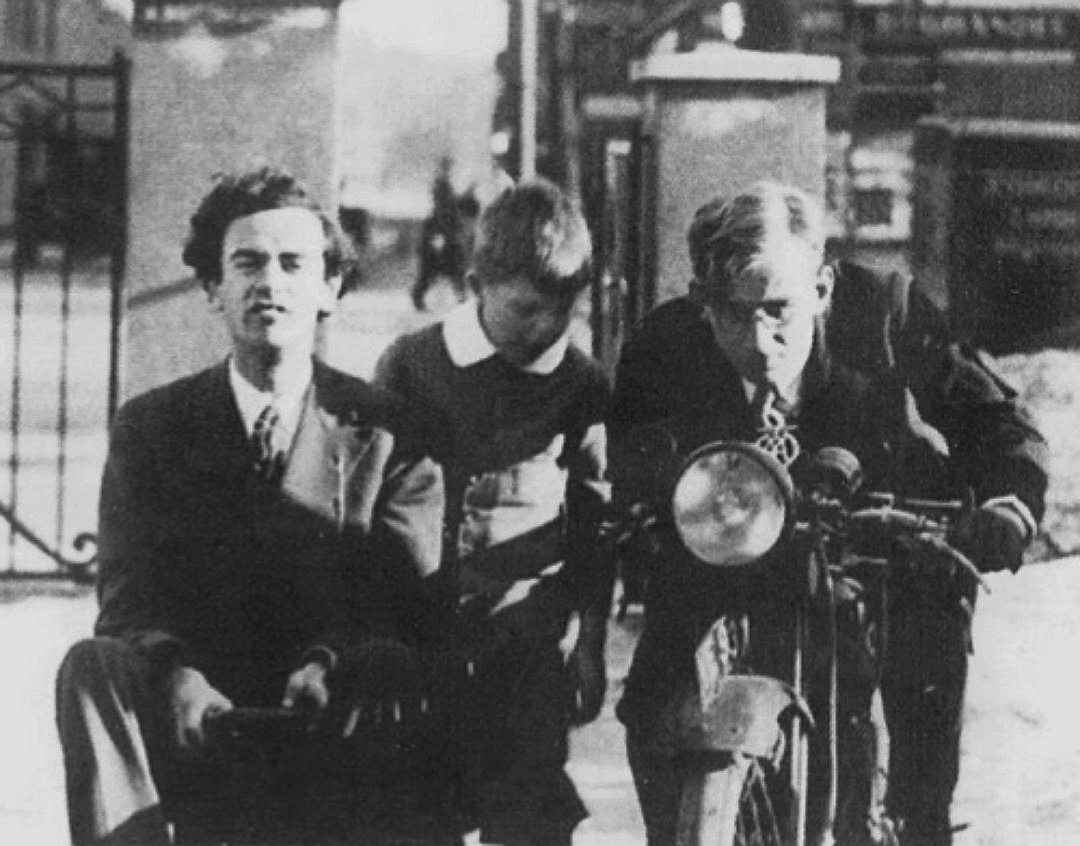
New times came in. Stalinism became a repressive machine even in such an abstract field as theoretical physics. Everyone wishing to go abroad was under suspicion.
Joe once gave a popular lecture on quantum mechanics at the Soviet institution called “The House of Scientists”. He was interrupted in the middle of a story about Heisenberg’s uncertainty. The listeners were dismissed, and the scientist was forbidden to raise this topic again ever because it did not correspond to the dogmas of dialectical materialism.
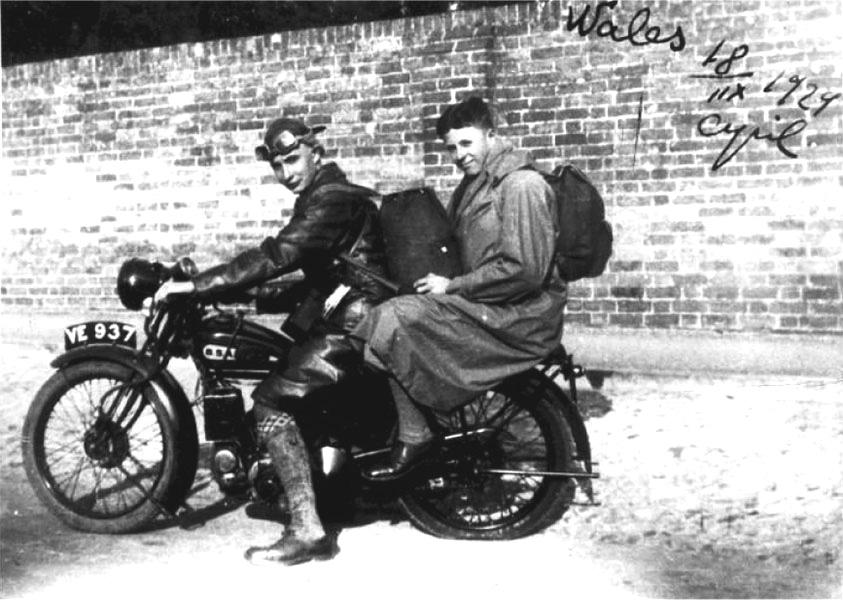
Gamow began considering an escape plan. One clear summer morning, he and his young wife, Lyubov Vokhmintseva (her family nickname was Rho, as a Greek letter), boarded a double-seater boat and rowed from the Crimean coast to Turkey. On the night of the second day of their journey, a storm broke out. Joe struggled to hold the boat, and Rho bailed the water out. In the morning they saw the sandy shore and rowed there with all their might. The couple found themselves just a few kilometers from where they started.
A year later, Joe and Rho managed to escape. Niels Bohr played a role in this. At his initiative, Paul Langevan, leader of the elite Solvay Congress, in 1933 appealed to the Soviet leadership to send Gamow as a representative of the USSR to a scientific event. The plan worked. Joe received a passport and permission to visit Brussels with his wife. From there he never returned.

Lest the scientist had left the Stalinist Soviet Union in 1933, he would almost certainly have been arrested during the repressions of the late 1930s. Joe’s best friend, physicist Lev Landau, nearly died at the time after spending a year in prison.
From nuclear physics to nuclear astronomy
In the early summer of 1934, the couple arrived by steamer to the United States. That same year, Joe began working at George Washington University. Professor Gamow’s first project was to organize an annual informal conference on theoretical physics, which was partly funded by the university. Over the years, the event has acquired popularity. It has been attended by dozens of current and future Nobel laureates.

The life of the family overseas was getting better. On November 4, 1935, Rho gave birth to a son, Rustem Igor.
Georgy Gamov came close to understanding the processes of nuclear fission, he was the first to consider the nucleus as a drop of “fluctuating nuclear flow”, and this was the key to assuming the possibility of splitting it in two. Later Joe was considered to join the Manhattan Project and build an atomic bomb, but he was denied because of having the rank of field colonel in the Soviet army. The opportunity to join the program appeared only after Hiroshima.
In the mid-1930s, Gamow decided to abandon nuclear physics and tackle a new scientific problem. As he said in one of his latest interviews: “I like being a pioneer. I decided to choose an unoccupied niche, so I settled on nuclear physics. But then this field became popular, so I switched to nuclear astronomy, nuclear astrophysics, cosmology “.
At that time, the processes in the nuclei of stars seemed to Gamow the right topic. In 1938, Hans Bethe proved that the Sun’s energy came mainly from the nuclear cycle of converting hydrogen to helium. However, the question of how all other chemical elements were formed remained open. Bethe stressed that elements heavier than helium cannot form in ordinary stars. And if so, where do they come from?
Joe hypothesized that they formed in the primitive, very dense universe, literally in the first seconds after its expansion started.
The universe after the first moment
A logical development of the topic for Gamow was the study of the question, what processes took place at the beginning of the universe, before the formation of stars, planets and even atoms? The scientist combined knowledge of cosmology, general theory of relativity and nuclear physics. Thus, for the first time, he made a reasonable assumption about what was really happening in the universe after the first moment.
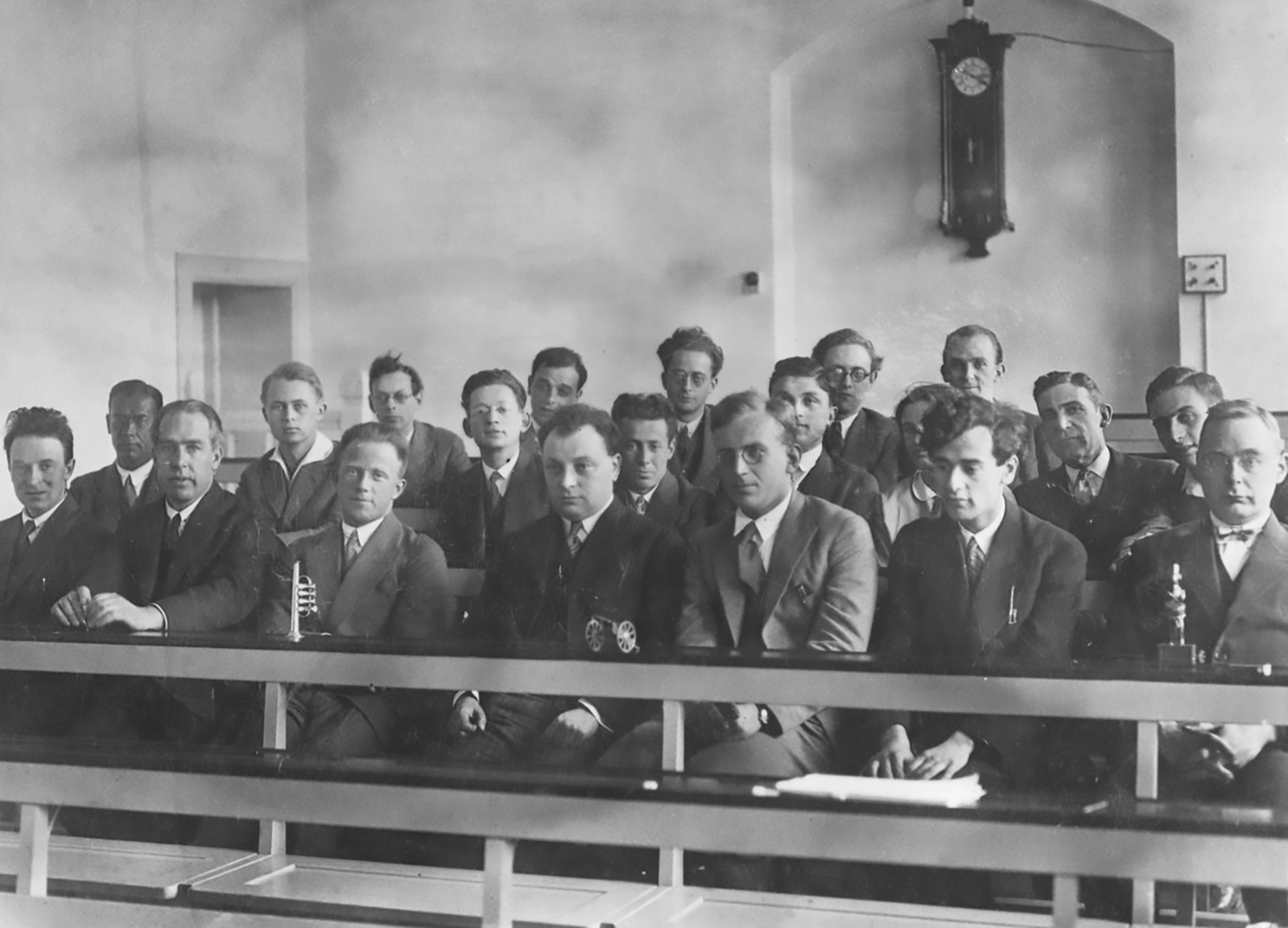
Gamow’s scenario begins with a dense neutron gas. Over time, the neutrons decay into protons and electrons, resulting in further combining of protons with neutrons to form larger and larger nuclei. Eventually, the universe, which continues to expand and cool, reaches a point where electrons begin to bind to nuclei. This is how atoms appear.
The formation of nuclei began with a decrease in the temperature of the universe to the point where the neutron and proton were able to bind to each other and form a deuteron (the nucleus of a heavy stable isotope of hydrogen – deuterium). This mark was almost a billion degrees Celsius. Since then, according to Gamow’s assumption, the rapidly cooling and expanding universe has begun to form heavier nuclei.
Based on these results, Georgy Gamov and his graduate student Ralph Alfer prepared a short article in 1948. It was published on April 1 and became a classic joke of Joe. Although all the work was done by Alfer and Gamow, the latter did not refrain from using the Greek alphabet again: he added the name of his friend Hans Bethe to the list of authors. This is how the famous “alpha-beta-gamma article” appeared. Bethe calmly accepted the news of this publication and even called the joke exquisite.
In 1967, Bethe became the first astrophysicist to receive the Nobel Prize in Physics “for his contribution to the theory of nuclear reactions, and especially for his discoveries concerning the production of energy in the stars.”
That same year, young physicist Bob Herman joined Alfer and Gamow’s team. However, he refused to change his last name to “Delter”, as Joe wanted.Working together, the scientists realized that they had forgotten to add photons to the energy balance of the early universe. And this was a significant disadvantage, because photons — quanta of electromagnetic radiation — have an energy proportional to temperature under conditions similar to those in which nuclei are formed.
Church for Gamow’s theory
While Gamow and his colleagues struggled with difficulties and tried to complete their picture of the evolution of the universe, a competitive theory was added to their concerns. If Joe’s model was based on the expansion of the universe that began as a result of the explosion, another model states that the universe had no beginning and no end. Its authors were a trio of Cambridge scientists: Herman Bondi, Thomas Gold and Fred Goyle — mathematician, engineer and physicist, respectively.
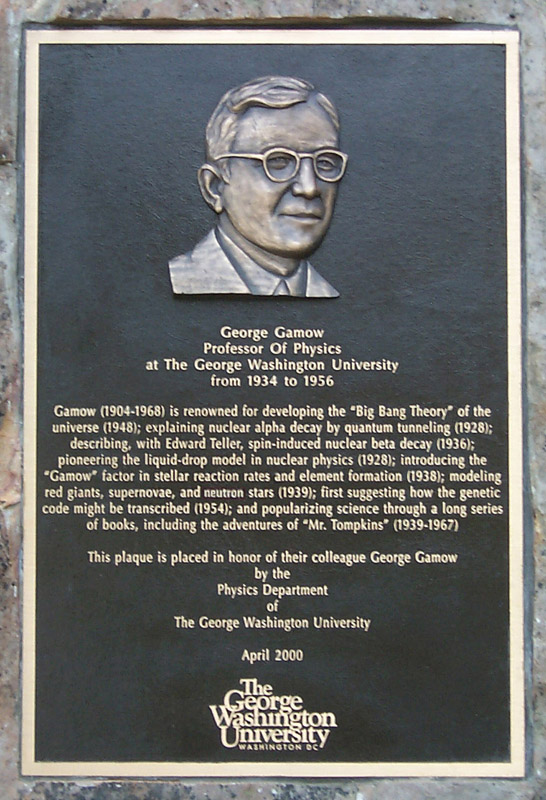
Goyle, who actively promoted his theory of the “eternal universe”, in a series of lectures on the BBC, mockingly called Gamow’s idea of the origin of the universe “Big Bang”. Ironically, by giving his opponent’s theory such a memorable name, Goyle inadvertently popularized it.The theory of the steady state of the universe seemed to be much more successful in terms of philosophy and science. However, the Big Bang theory also had its supporters. One of them was Pope Pius XII. Addressing the Pontifical Academy of Sciences, he chose the winner in the scientific debate, saying that the idea of a universe with a sudden beginning — is proof of the existence of the Creator.
Evidence for the Big Bang theory
In science, this is often the case: one person sees a problem, another formulates it, groups of scientists try to find an answer, and then someone offers a clear and understandable solution. Experimental proving the Big Bang theory was done by Gamow’s followers in this field.
In 1963, young researchers Arnaud Penzias and Robert Wilson, who worked at Bell’s laboratories in New Jersey, received permission to use a radio telescope to communicate with the recently launched Echo 1 satellite. Bell’s laboratories sponsored both basic and applied research. Their strategy was that when talented scientists are given the freedom to pursue any subject, they are able to create market tools by working for scientific research. A striking example of the effectiveness of such a policy was the discovery of the transistor.
With the help of the telescope, Penzias and Wilson began to study the radio waves of the stars of our Galaxy. But first, they needed to get rid of the background noise, which they constantly recorded during the observations. Scientists have put a lot of effort, but failed to get rid of it. Astronomers have realized that they are recording real radiation from space, but they had no idea what it meant.
At the same time, a team of four researchers at Princeton University, led by Robert Dicke, concluded that early events in the history of the universe should leave an “electromagnetic trail”. Young Princeton theorist Jim Peebles has explored what rays to expect if the universe really began with the Big Bang. He prepared the report in early 1965, making the same calculations as Gamow’s group fifteen years before, only more carefully and with more accurate data.
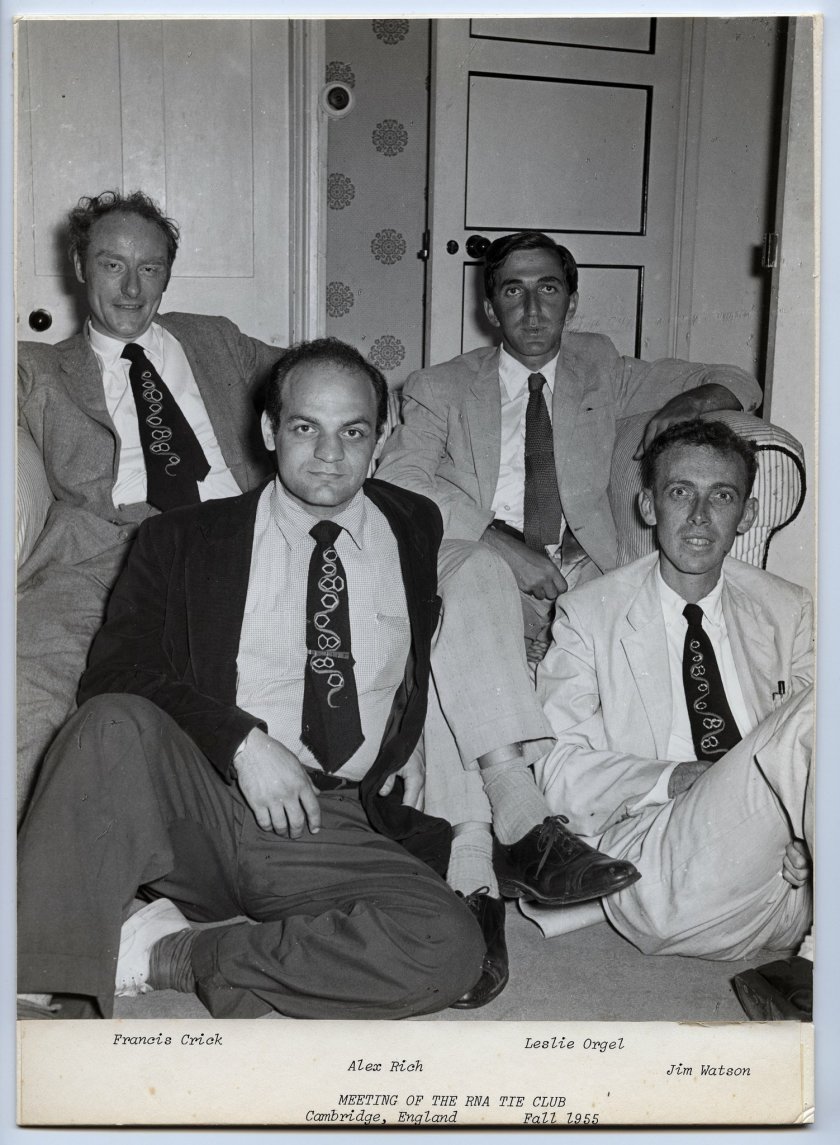
The Princeton group soon learned of the noise of uncertain origin discovered by Penzias and Wilson. Arriving at Bell’s Laboratories, the scientists immediately realized that those guys were ahead of them.
The physicists agreed to publish two papers at once: one from the Bell Labs team with observations, and the other from the Princeton team with a theoretical interpretation of the data. Seeing these two articles, Joe was delighted and angry at the same time. He rejoiced at the discovery, but was furious that he himself, Alfer, and Herman had not been rewarded for their anticipation.
In 1978, Arnaud Penzias and Robert Wilson shared the Nobel Prize in Physics “for the discovery of cosmic microwave background radiation.” In 2019, the Nobel Committee awarded another prize in physics, half of which was awarded to James Peebles “for theoretical discoveries in physical cosmology.”
Gamow and DNA
These “Nobel Prizes” are not all the awards associated with Gamow. He had an extraordinary scientific intuition and insight into seeing what was a closed book to others. In 1953, the scientist’s interest in “pioneering” research led him to another field — genetics. Although Gamow’s theory of the structure of amino acids was wrong, he encouraged the scientists who laid the foundations of the modern idea of the field.
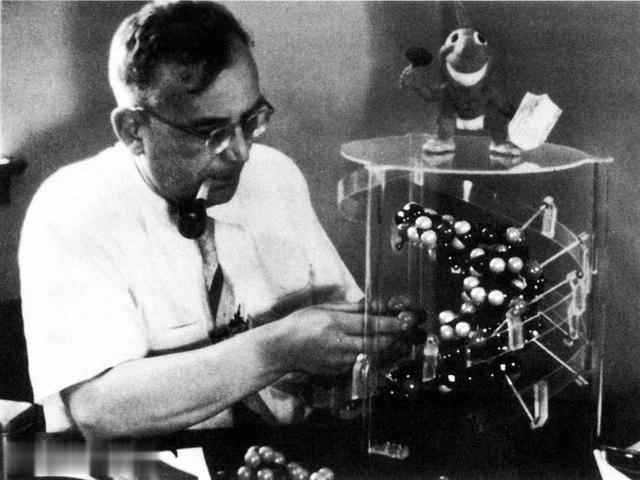
In 1954, Gamow initiated the creation of the so-called RNA Tie Club. The society had to have 20 members, each of whom received a nickname with the name of an amino acid (for example, Joe became “alanine”). With these nicknames, they signed letters about RNA. Joe ordered special ties and hairpins with the first three letters of amino acids, as well as stationery with the slogan “Go to the end or do not start.” Two members of the Tie Club, Francis Crick and James Watson, found out how DNA actually participates in protein synthesis, for which they were also awarded the Nobel Prize in 1962.
But mere scientific discoveries were not enough for him: Joe became a brilliant popularizer of science and published nearly two dozen books for a wide audience. In 1968, George Gamow left the world in Boulder, Colorado, to be world famous.


